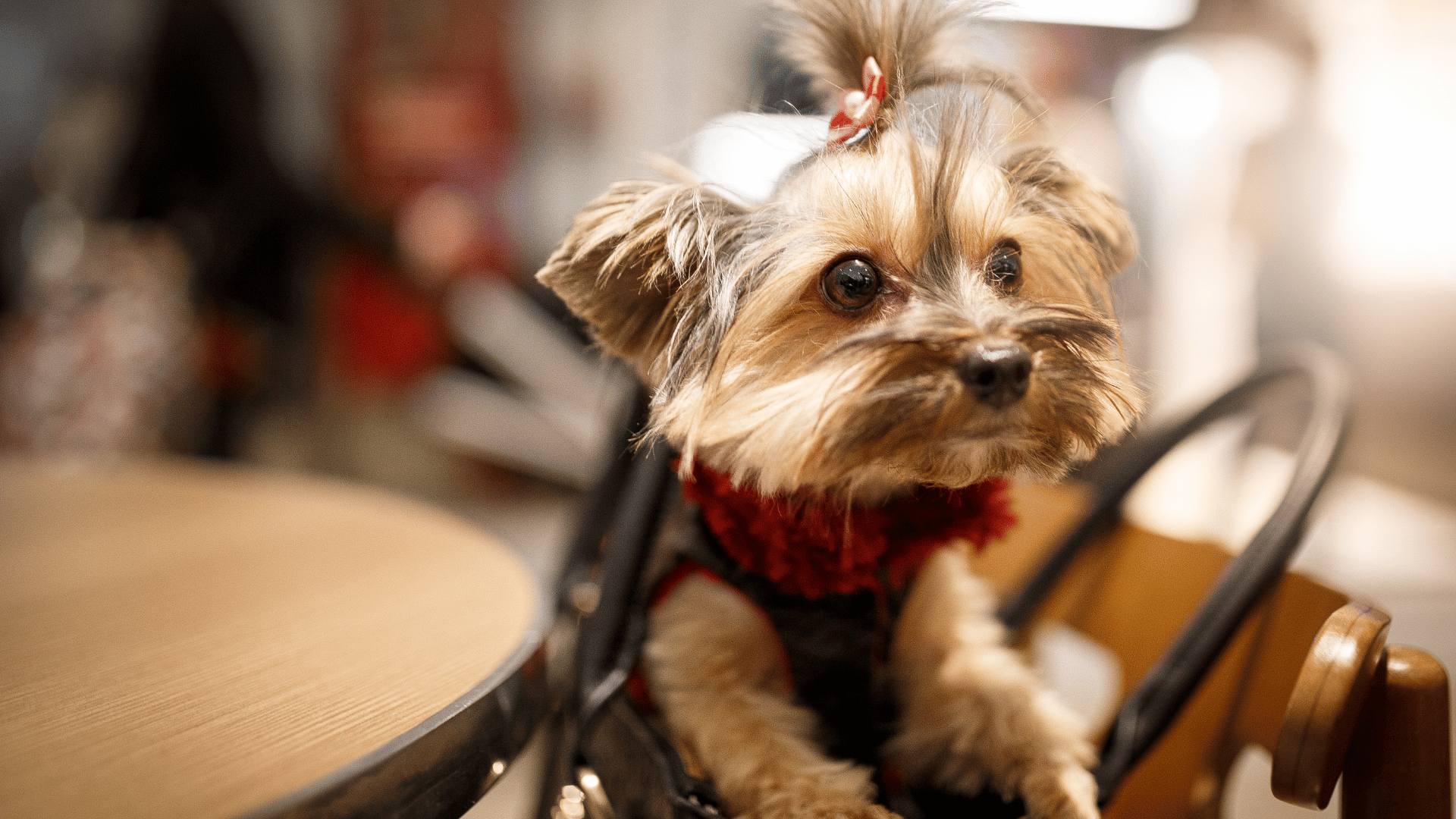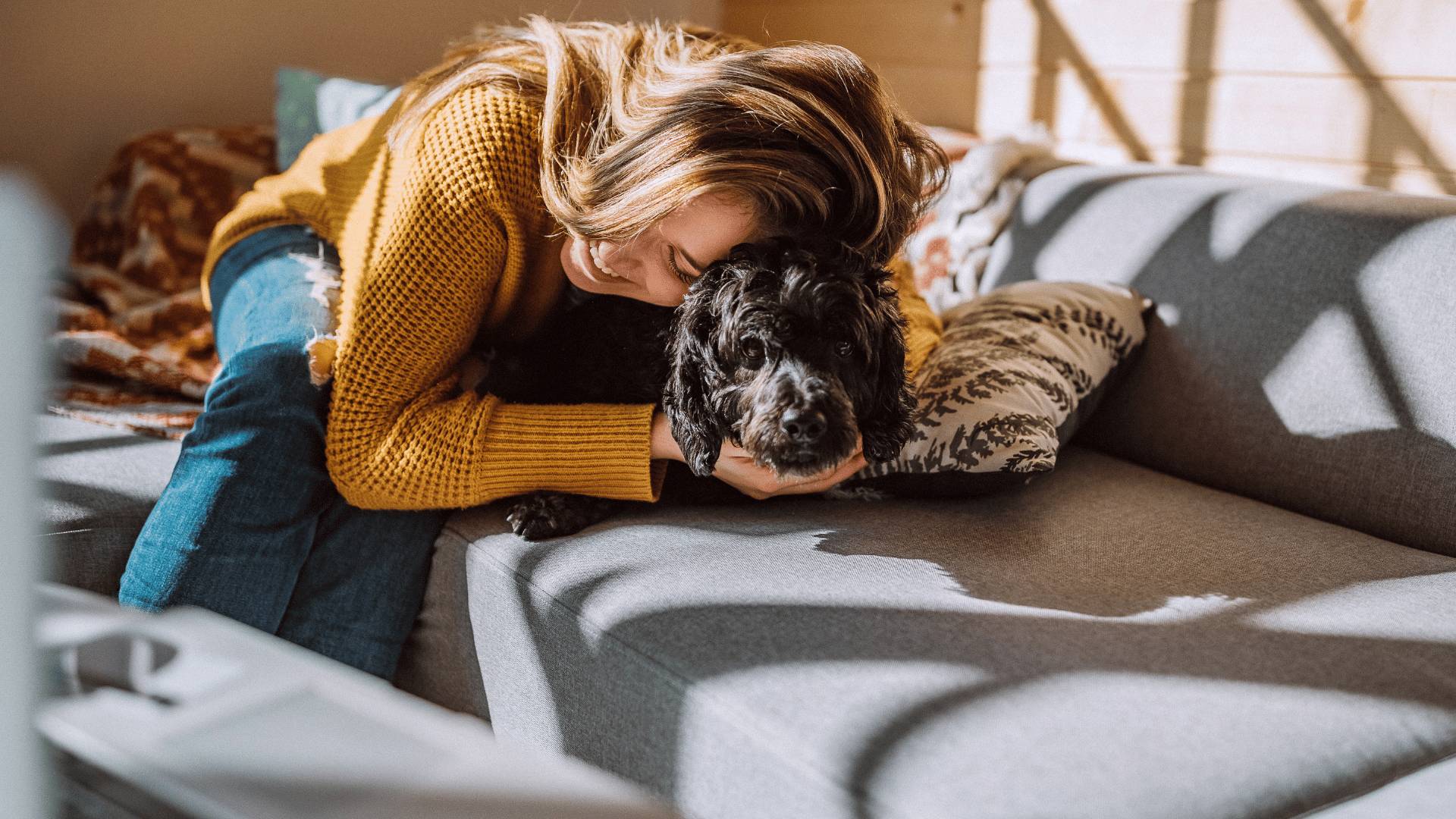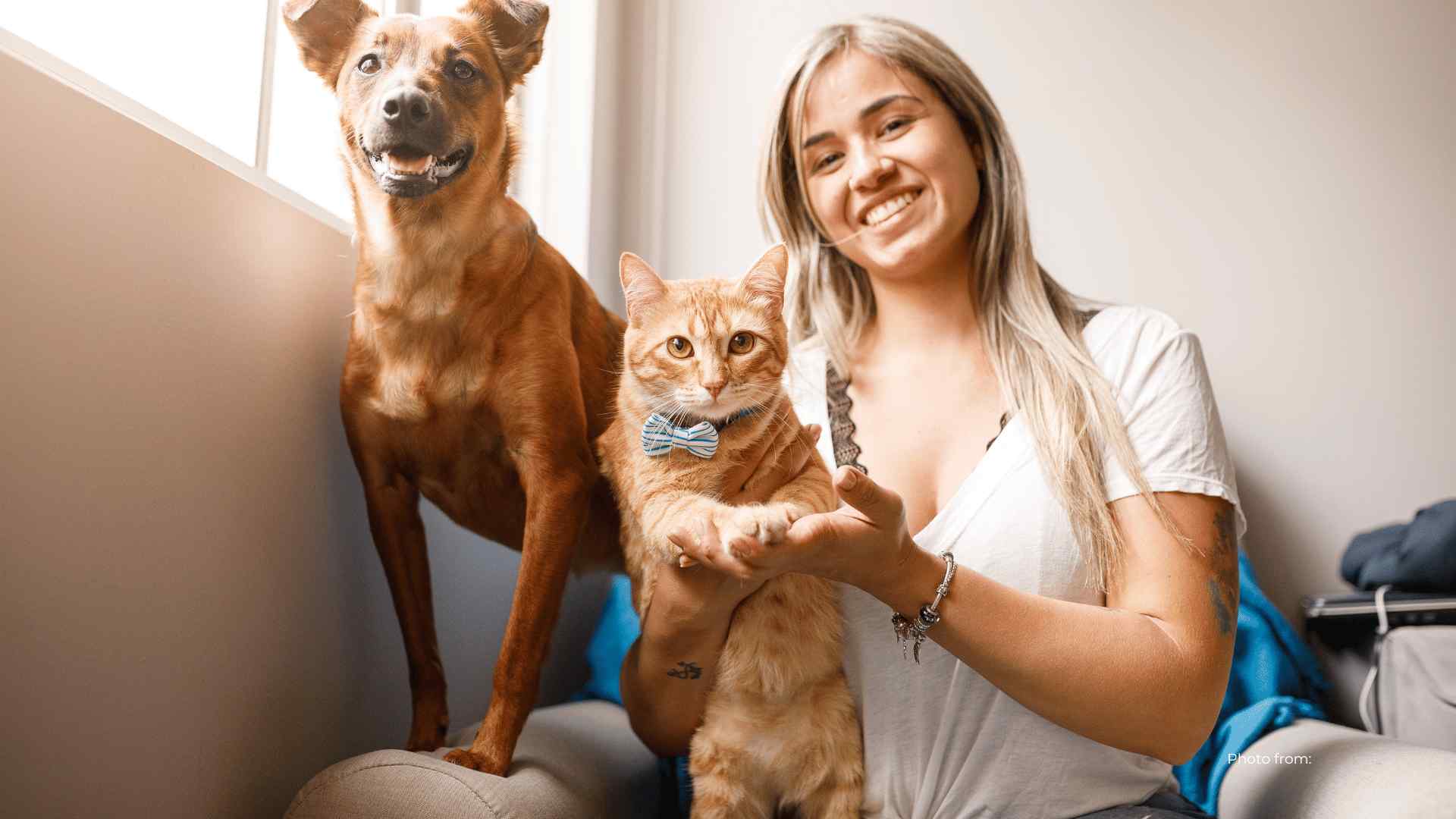The risks exceed the benefits for many pet owners. However, some passengers are powerless. And still, more people have successfully discovered ways to travel with their pets by car, train, and airplane. In fact, a poll by Filipino Vets found that the proportion of dog owners bringing their pets on vacation more than doubled between 2006 and 2019, from 20 percent to 40 percent. More options than ever before exist for transporting pets. Your furry family member can travel in safety and happiness with the correct planning. Here is some guidance on how to proceed.
Recently, LRT 2 announced that they would begin allowing pets to onboard at the train stations, with very much the same rules as how big establishments implement a pet-friendly policy.
Pets will be permitted inside LRT-2 stations and trains beginning on February 1 with the following restrictions, according to Hernando Cabrera, the Light Rail Transit Authority (LRTA) administrator.
- Pets should have a complete rabies vaccination.
- They ought to be contained in a cage.
- Diapers should be worn by pets.
Apart from LRT2 and other train stations, here are some of the buses that allow pets to travel.
Local bus companies like Genesis Transport Service Inc. and Victory Liner are some of the pet-friendly transportation options. According to the LTFRB memo, the board has previously permitted pets inside PUVs since 2019. However, its approach of confining the creatures in a special compartment attracted criticism at first. Eventually, this was changed to allow people to now bring their dogs along on their seats. However, it is still necessary to enclose pets in cages, bags, or carriers. Such pet animals must be placed in a cage or animal carrier free from unpleasant odor if they are to be transported on mass transit, such as PUB, PUJ, UV Express, service, and premium point-to-point (P2P) buses, without compromising the safety, health, or convenience of other passengers.
You should also be made aware that there is an Animal Welfare Act RA8485 that protects your fur babies from cruelty. This includes no cruel confinement or restraint shall be made on such animals while being transported. Any form of cruelty shall be penalized even if the transporter has obtained a permit from the Bureau of Animal Industry. Cruelty in transporting includes overcrowding and placing animals in the trunks or under the hood trunks of the vehicles.
After receiving reports from pet owners whose animals had suffered due to such travel, PAWS sent letters to the bus companies in the early part of 2013 as an education campaign/reminder that pets and live animals placed in the compartments are a violation of RA8485 since there is no proper ventilation. They also offered advice on how they (the bus companies) might establish guidelines or demands that pet owners must accept in order to bring their pets along with them.
It's possible that the bus companies outright forbade pets because they did not want to deal with the hassle of having to enforce such rules and make accommodations for pet owners or because they did not want to deal with the potential for pets to cause a mess inside and/or disturb other passengers (unfortunate examples possibly made by irresponsible pet owners).
Bus operators who do not expressly put "No Pets Allowed" signs may agree to let you go if you ask nicely and offer to pay for the extra seat next to you for your pet. Taking a non-airconditioned bus is an additional option.
If you know firsthand that the bus company violates The Animal Welfare Act by placing pets under the bus in luggage compartments, get the complete name of the bus representative who gave this information and send this and the name of the bus company and address.
How to Get Your Dog Ready for Public Transportation?
Before boarding a rough voyage with your dog on public transportation, think about these last few pieces of advices:
Your pet should be socialized.
Before heading out, make sure your dog is well-socialized in other environments. To ensure there isn't a problem in an enclosed conveyance, it is important to make sure they feel at ease near strangers, both human and animal.
Get the medical history of your dog.
Consult your veterinarian, and obtain current immunization records and documentation of your dog's health and treatment to avoid any issues with the vehicle you've picked and the destination for your dog.
Determine if a muzzle or hard carrier is required.
A hard case is necessary for some shipping methods because a soft carrier will not suffice. In addition, while you're at it, think about obtaining a muzzle and a backup leash, so you're not caught unprepared at the last minute.
Bring a ton of sweets.
You understand what makes your dog well-behaved and calm. Bring your favorite snacks, a toy, or anything else that will keep them occupied and peaceful. You'll enjoy the experience equally if riding has benefits for both your feet and them.
Reserve in advance.
And verify! Call to make sure you can receive pet-friendly accommodation when making your hotel or rental property reservations early. Hotels frequently limit the number of rooms that can be used by pets. Booking in advance will ensure that there is space for your pet because airlines and railroads also have a maximum number of animals allowed per trip.
Purchase the appropriate equipment.
Invest in waste bags, a safety harness, a leash, and compact water bowls. A dog bed and toys are important to comfort items to remember. Even for a dog who is accustomed to traveling, the first few days of a journey might be unsettling. The pet bed or cage can then double as a comfy sleeping area once you get to your location. Always travel with bedding that the animal has slept on or with one of your t-shirts placed in the box because it smells like home and like you, which is relaxing to your pet.
Keep to the schedule.
Feeding your pet should ideally occur at the same times of day as at home. Dogs gain part of their security by sticking to their routine. Avoid overeating before a lengthy trip; a light lunch a few hours prior to departure can help prevent motion sickness when traveling.
For more information on Vista Residences and Vista Land, email [email protected], follow @VistaResidencesOfficial on Facebook, Twitter, Instagram, and YouTube, or call the Marketing Office at 0999 886 4262 / 0917 582 5167.

_11zon.jpg)






